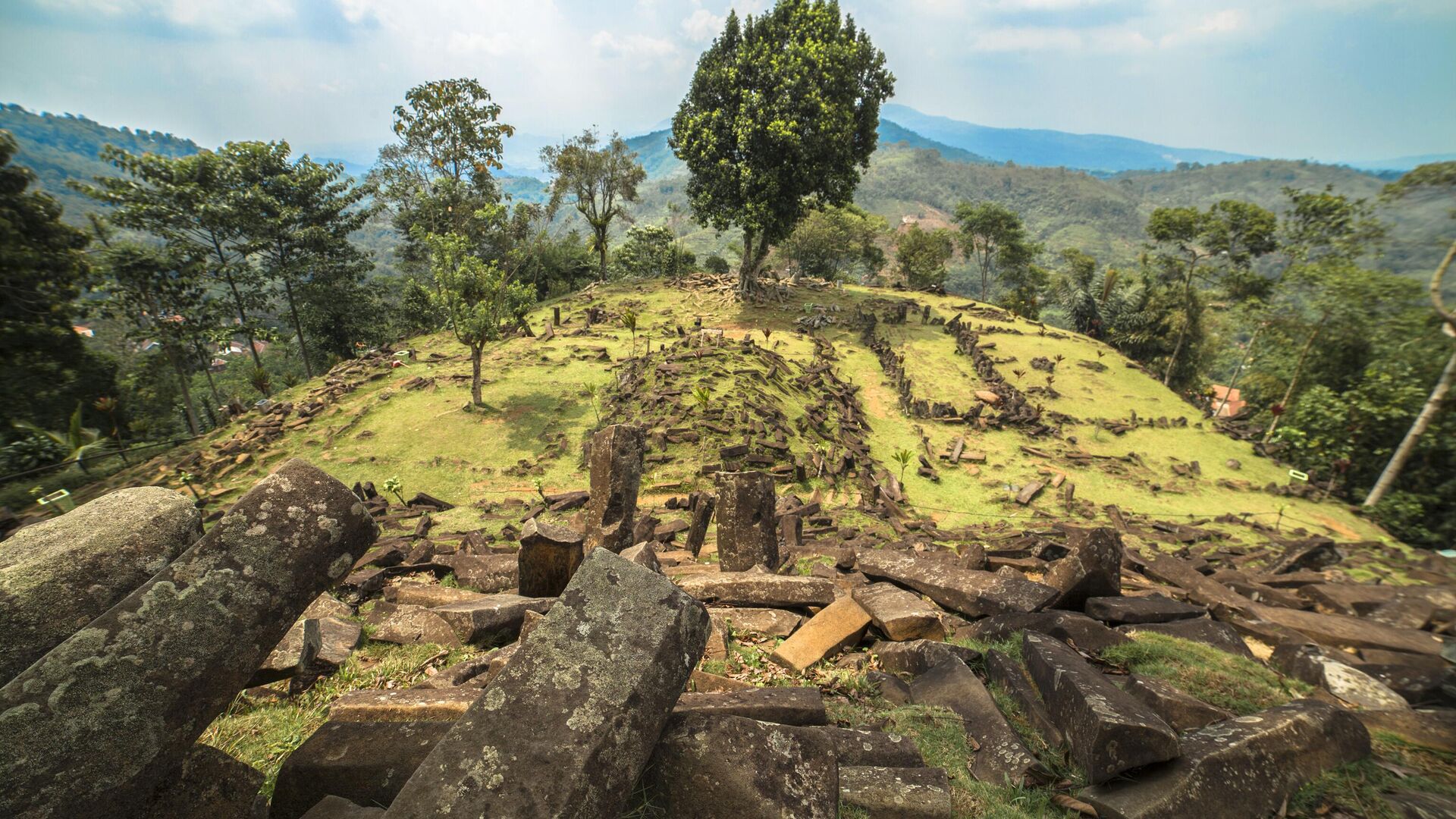
MOSCOW, April 3, Nadezhda BekhovaResearchers from Indonesia claim that the archaeological site of Gunung Padang in the west of the island of Java was built by a powerful civilization 25 thousand years ago. There is a fierce debate in the scientific community around the hypothesis — due to a fundamental error.
Recognized as a mistake
In October 2023, the magazine Archaeological Prospection of the famous publishing house WiIey published an article about the archaeological complex of Gunung Padang in the province of West Java. The authors claim that this is a burial pyramid, which began to be built between 25 thousand and 14 thousand years ago.
“The study sheds light on the existence of advanced construction technologies during the last Ice Age, while agriculture was not yet practiced,” conclude the authors, who include only one archaeologist. The rest are geologists and engineers.
The publication caused a flurry of criticism among the professional community. Notes with refutations were published in the media. The world's leading publications — Nature, The New York Times, The Guardian — devoted articles to analyzing the bold hypothesis.
«It shouldn't have been published. I wouldn't be surprised if the article was taken down,» noted Bill Farley, an archaeologist from Southern Connecticut State University.
Under pressure from the scientific community, the journal's editorial office began an investigation, and the publication was retracted on March 18.
“We received feedback from geophysicists, archaeologists, and radiocarbon dating specialists, studied them and came to the conclusion that the article contains a fundamental error,” the publisher said.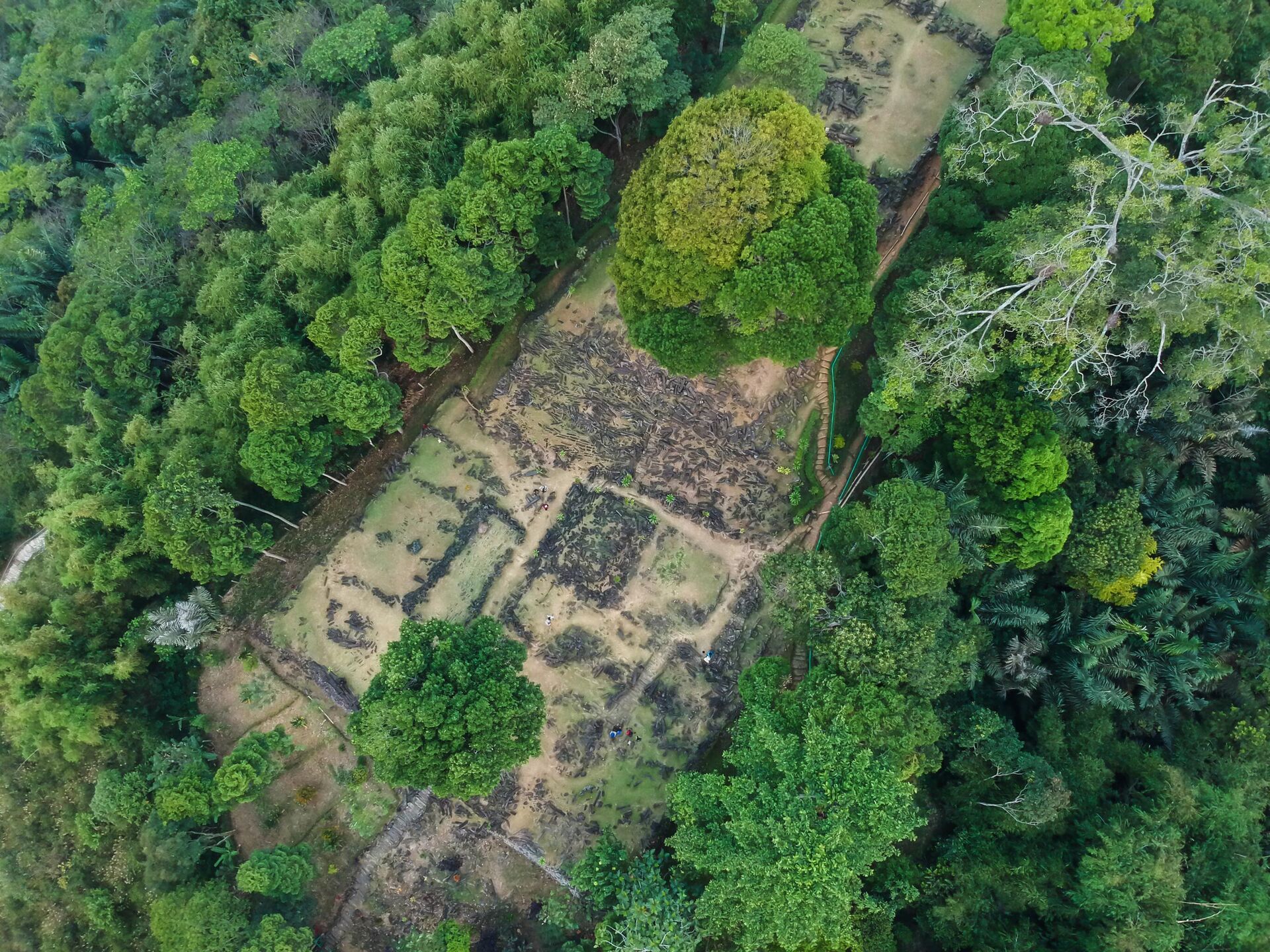
What is known about the megaliths of Java
Indonesia is famous for its megalithic monuments. The first information about them was published by European explorers who arrived here under the auspices of the East India Company. Terraces with menhirs, stone sarcophagi and dolmens, urns with lids and anthropomorphic figures have been found on large and small islands of the Malay Archipelago.
Scientists have noted similarities with the structures of Western Europe, Egypt, and pre-Columbian America. Indonesian archaeologists suggest that this is due to two waves of migration — in the Neolithic and Bronze Ages. Analysis of the finds, on the contrary, indicates a later origin: 7th-16th centuries AD.
In the province of West Java there are more than 200 monuments, including monumental ones. Gunung Padang is one of the most spectacular and mysterious. It is located on top of the cone of an extinct volcano, surrounded by tropical vegetation.
The first information about it dates back to 1891, during the time of Dutch colonization. It was later examined by archaeologist Nicholas Crome and suggested that it was a burial site. In 1979, local residents stumbled upon the megaliths. They were examined by archaeologists, and in 1998 a national park was created here.
The complex includes 13 artificial terraces, five of which have been cleared. On them are the remains of embankments, fences, steps, foundations made of basalt and dacite prisms. The height of the monument is 150 meters, the area is about a thousand square meters. It is the largest megalithic structure in Southeast Asia.
Locals consider Gunung Padang a sacred place and it was used for rituals in ancient times. The name in Sundanese means “Mountain of Enlightenment.”
From 2011 to 2014, the monument was studied by an expedition led by geologist Danny Natawijaya. Conducted archaeological, geophysical research, mapping, drilling.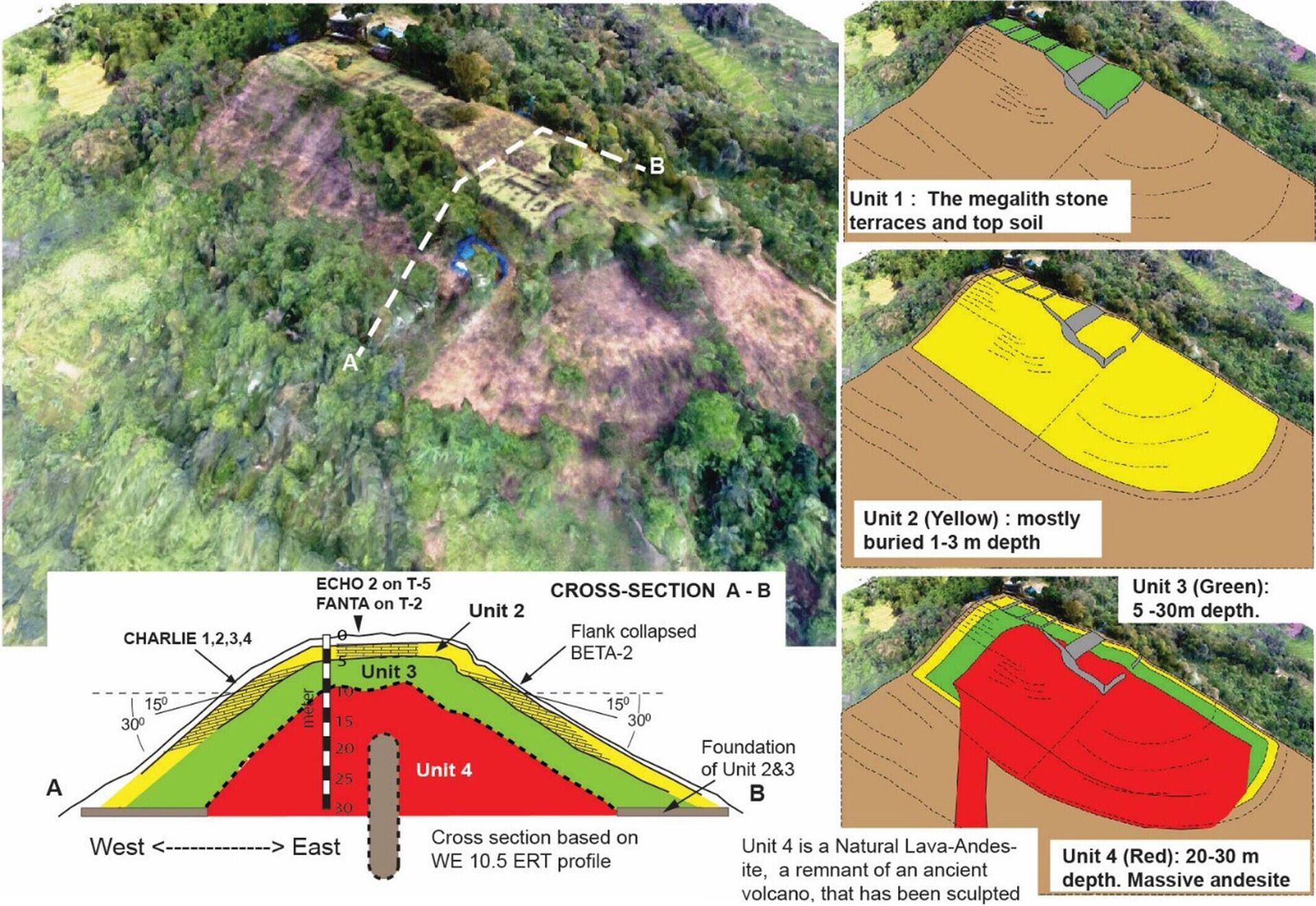
“The work shows that these are not just prehistoric stone terraces, but a complex underground structure with significant rooms and cavities,” write the authors of the study.
Scientists drilled wells to the bases of the terraces, took cores and carried out radiocarbon dating. The oldest samples are 25 thousand years old. This gave rise to the claim that the construction of the pyramid began in the Ice Age. Then they abandoned it for several thousand years.
The conclusion contradicts all the accumulated archaeological material, according to which the oldest stone settlement on Earth appeared in Turkey 11 thousand years ago (Göbekli Tepe), and the oldest pyramid of Djoser — in Egypt 4600 years ago.< br />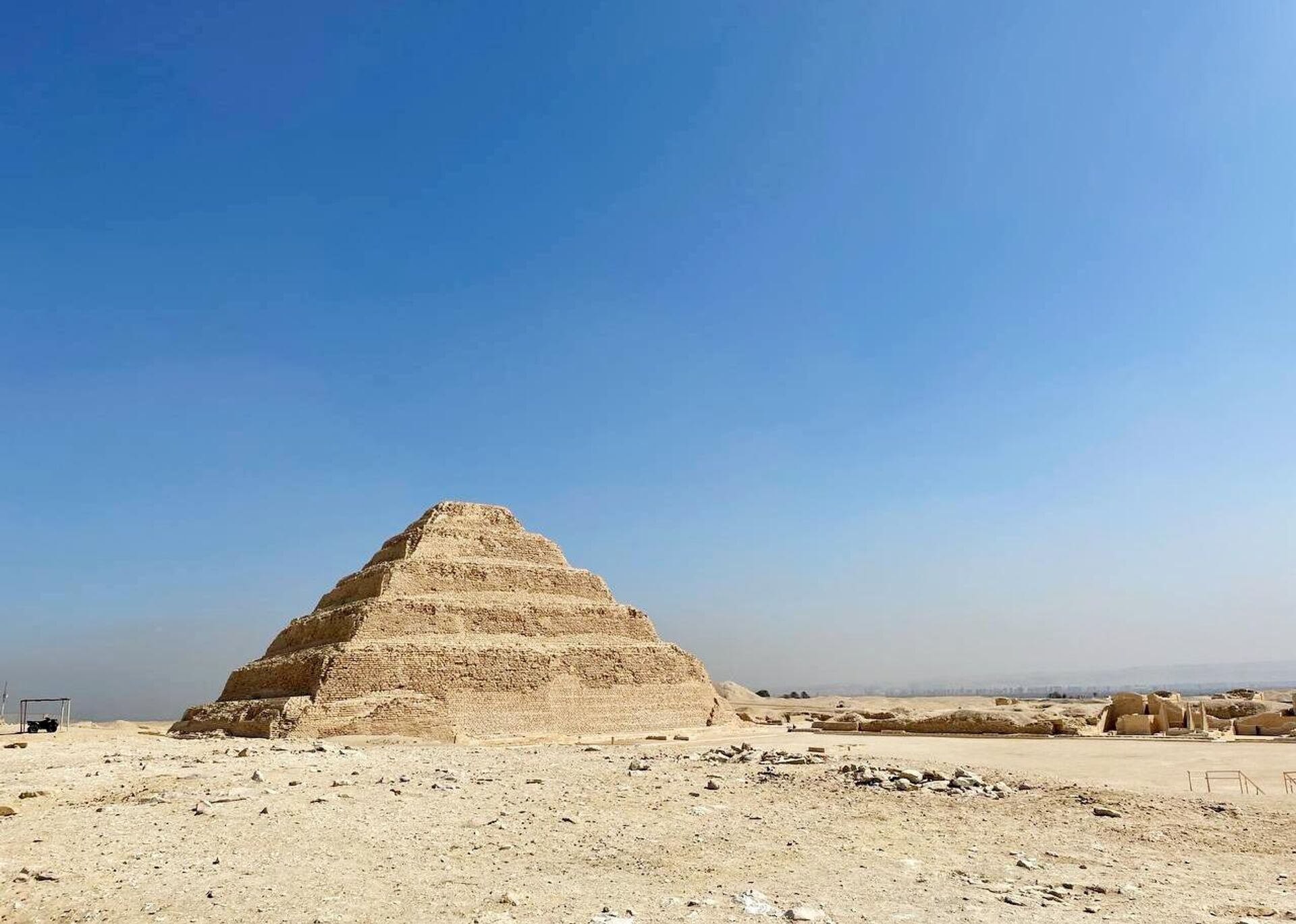
Scandalous statements
The work at Gunung Padang attracted media attention. Even before the publication of the results, Natavijay gave lectures and made reports at conferences. In 2022, Netflix showed the documentary series “Ancient Apocalypse”. The presenter, British writer Graham Hancock, presented evidence of the existence of a powerful civilization during the last Ice Age, destroyed as a result of a natural or cosmic cataclysm. The survivors invented agriculture, architecture, and astronomy. However, official science, Hancock argued, does not recognize this.
The Indonesian team's findings appear to be quite plausible. The researchers dated organic material in soil collected from boreholes and trenches. It analyzes the ratio of carbon-14, which only living organisms accumulate, and stable isotopes. The lower 14C, the older the sample. The authors of the work suggested that organic matter got into the ground during and after the construction of the pyramid. Having studied 12 samples, we obtained dates from 25 thousand years BC to 1500 years.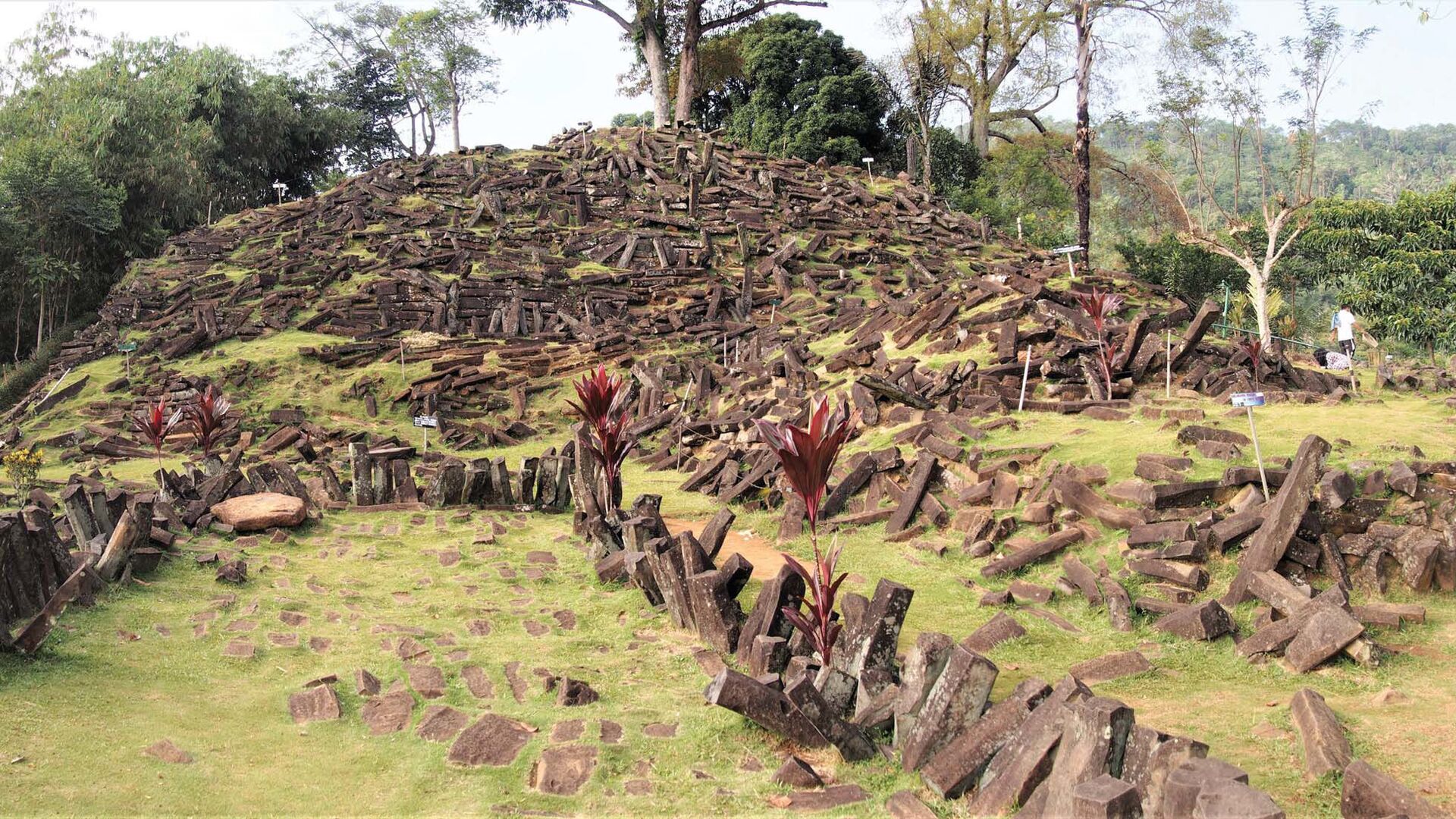
The scientific community as a whole has no doubt that the dating is correct. The interpretation is confusing. Archaeologist Bill Farley points out that the samples did not contain charcoal or bones that would indicate human presence.
An attempt to connect the age of the soil with human artifacts is called “a big logical mistake” by archaeologist from Thailand Noel Tan.
In 2014, at the same place, another group of scientists found only a few fragments of pottery, fragments of stone tools, metal, and coins of late times . The dating of the coal indicated 117-45 BC. The head of the work, Lotfi Yondri, in an interview with Nature, notes that people inhabited the local caves twelve thousand to six thousand years ago, they did not have any advanced construction technologies.
Meanwhile, the authors of the sensational article insist that they are right. And the withdrawal of research results by the publisher is called censorship, contrary to the principles of science.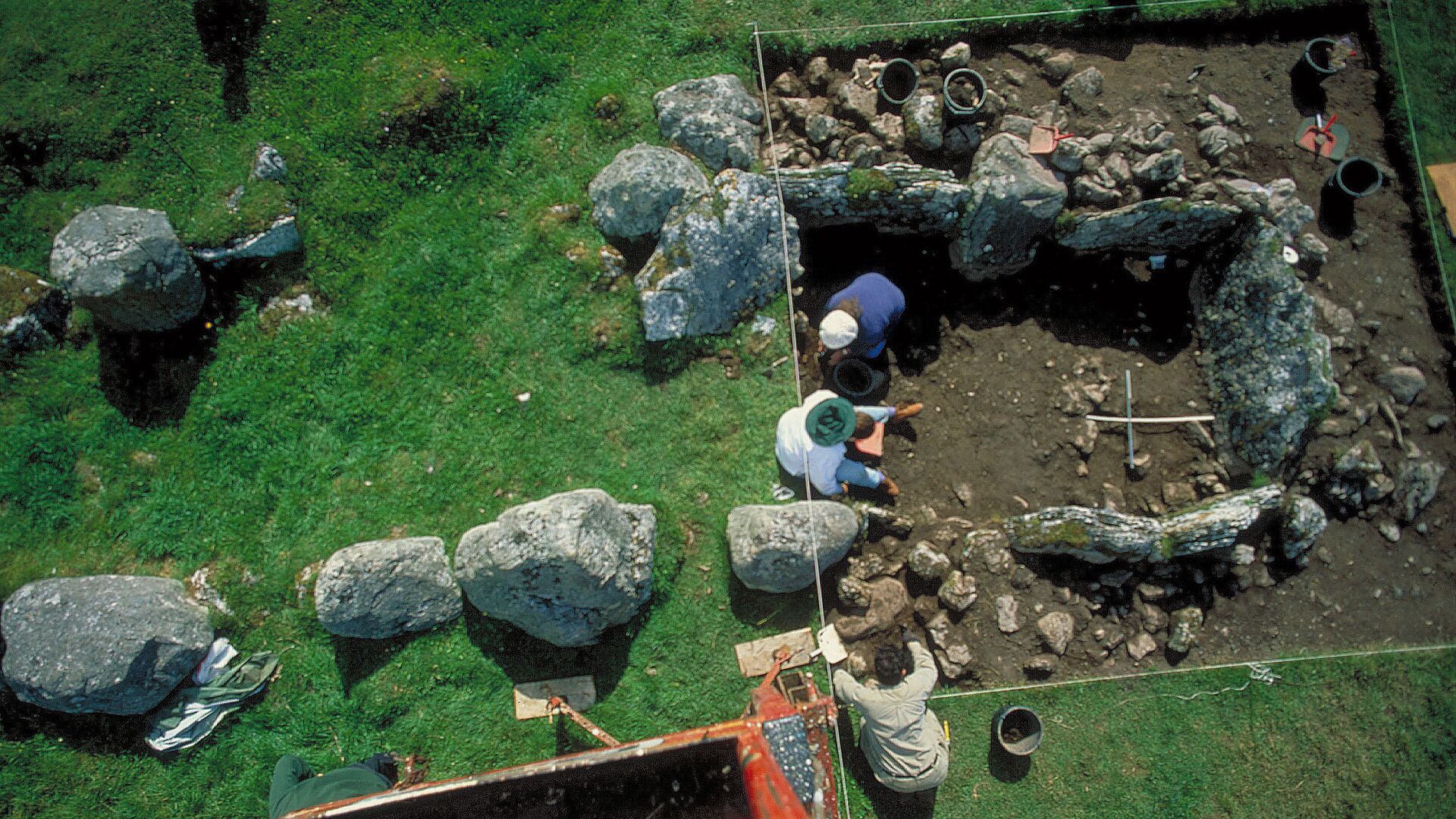























































Свежие комментарии